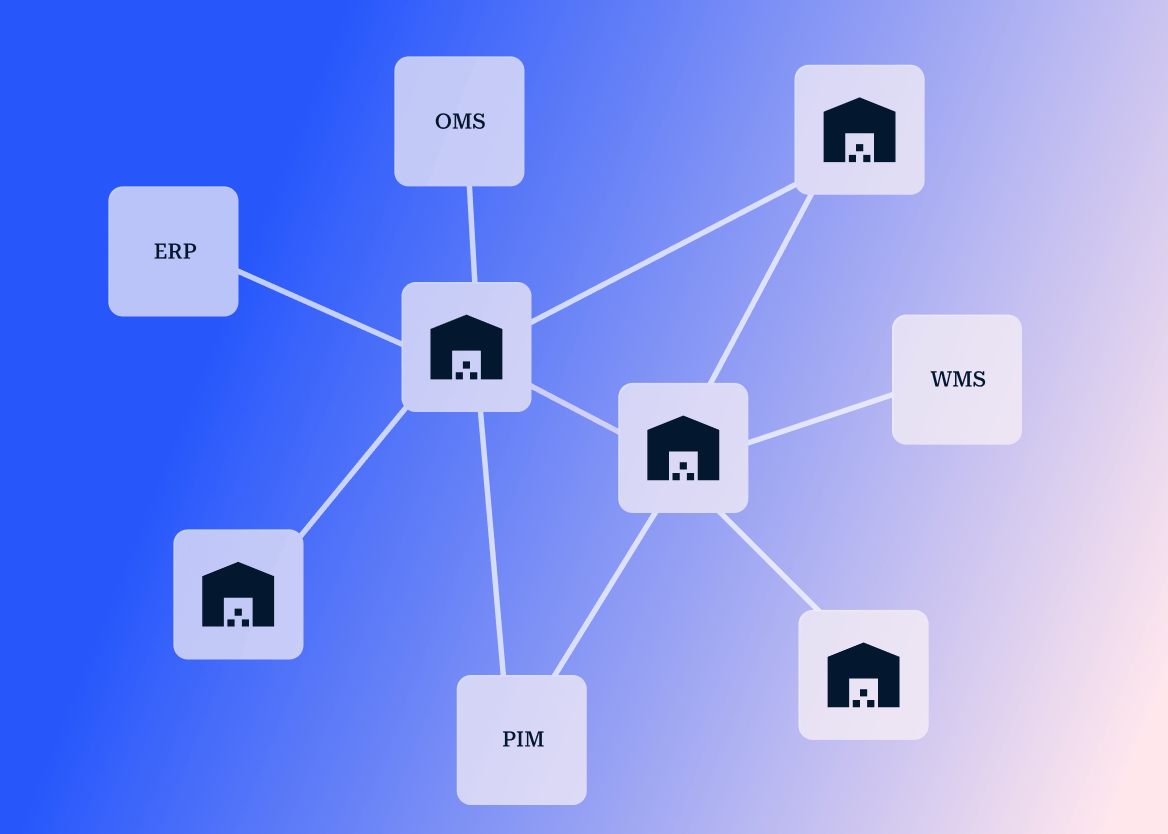Starting from Scratch, HPE Transforms B2B eCommerce With Marketplace

The Hewlett-Packard Company is widely regarded as the first tech leader of Silicon Valley, and in 2019, Hewlett Packard Enterprise is still at the leading edge, forging ahead with one of the most innovative B2B eCommerce strategies in the tech sector.
It all started in 2015, when the Hewlett-Packard Company split in two. The enterprise hardware and services business, including servers, data storage, and networks, became Hewlett Packard Enterprise (HPE). The personal computing business, now known as HP Inc., retained the Hewlett-Packard Company’s online sales infrastructure, leaving HPE starting from scratch with a big question: what shape should a tech manufacturer’s B2B eCommerce offerings take? And how can it balance the needs of buyers and partners?
HPE’s buyers were looking for a seamless, no-touch eCommerce experience, similar to the one that they were able to access for their personal purchases. But HPE couldn’t simply launch its own online store. It needed to create a solution that wouldn’t introduce channel conflict with HPE’s valued dealer partners. The right model would also give HPE access to new and better data on its customers: what they were looking for, what they were purchasing, and how they were purchasing it.
There’s only one way to deliver on the needs of buyers, partners, and the brand while enabling HPE to retain its core DNA. That’s why HPE turned to the online marketplace model and the HPE Store, bringing channel partners on to participate as sellers.
From zero eCommerce to a seamless marketplace experience
Building an eCommerce presence from scratch is a complex proposition for B2B manufacturers, and HPE’s first iteration wasn’t a marketplace at all. The tech manufacturer started by building an online directory listing available inventory and pricing from channel partners, so that customers could source the products that they needed.
The directory on its own didn’t deliver on the full promise of eCommerce, however: once a buyer found a product that they wanted to purchase, they would pick up the phone and call a sales rep, or they would be redirected to the partner’s website to complete the sale.
HPE knew that this wasn’t the ideal end solution. By redirecting site visitors, they weren’t delivering the seamless experience that customers really wanted – and they were leaving valuable data and insights about demand, sales, and pricing on the table.
Loading...
So in June 2017, HPE launched its own online marketplace, powered by Mirakl, at buy.hpe.com. Instead of competing against channel partners, HPE invited them to join as sellers – delivering them a new lead gen channel, instead of creating competition that would encroach on their sales. A server available for purchase from resellers on HPE’s online marketplace, HPE Store.
While the marketplace will continue to evolve over the coming years, the data so far shows that it’s a real and growing success. Since launch, HPE.com’s monthly visits and average order value have both increased two-fold, and the amount of time that buyers spend browsing the site has increased by 40%.
Sales leads have also tripled, and the wins just keep on coming: over the past six months, average monthly revenue has jumped four-fold from the same period a year earlier.
Evolving HPE’s marketplace to keep meeting the needs of B2B buyers
For HPE, the launch of the marketplace was just the beginning. The tech manufacturer is constantly building on its learnings. With all of the data that HPE has been able to capture since the marketplace launched, they’ve seen that customers aren’t simply looking for the lowest-priced item – and they’ve looked for eCommerce-enabled partners that can meet customers’ needs. As Sagar Bilgi, Director of eCommerce at HPE, shared at B2BNext:
Loading...
HPE’s marketplace is also a resource for education and product discovery, comparison shopping and evaluating all of the different options available. Post-launch, HPE added new features that enterprise customers can use to make purchases that match their business needs, like online configuration tools and price quotes for customized products, as well as product-bundling capabilities. _On the HPE Store, customers can purchase bundled solutions from HPE channel partners_In March 2019, HPE upgraded the platform to more tightly integrate its product catalog and buying capabilities. Now, the “buy” button appears within its product catalog – a seemingly simple step, but one that made it easier for customers to go from search and comparison to purchase.
HPE’s marketplace is a model to follow
The platform economy isn’t just for brand-new disruptors in tech. With the HPE Store, HPE has developed a robust online marketplace that delivers for buyers, partners, and the needs of the manufacturer. It builds on HPE’s long-standing reputation as a Silicon Valley leader – and with 3X growth in sales leads, 4X average monthly revenue, and 2X average order value, other manufacturers, in tech and otherwise, should be looking to it as inspiration.
Sagar Bilgi, Director of eCommerce at HPE, joined Mirakl for a webinar to share how HPE launched a marketplace to provide a seamless buying experience for customers. Watch today to hear more about HPE's B2B eCommerce strategy.

Related content

How manufacturers can turn fragmented distribution channels into digital growth engines — without channel conflict

How to scale your dropship supplier network without compromising supply chain reliability
